Find out how they can contribute to health, as well as making food taste better
The holidays bring with them moments of togetherness, celebration, and, of course, delicious meals that connect us to traditions and the people we love. However, it is important to remember that, even in these days of indulgence, taking care of your diet is essential for well-being. Savoring typical dishes, such as turkey, French toast and farofa, is part of the magic of Christmas, but balancing your choices, favoring light preparations and more nutritious options, can help avoid physical discomfort and a feeling of “heaviness” after the celebrations.
“Although treats and special occasion foods can be a good time in your social life and even add variety and pleasure to your diet (in moderation), excesses can cause discomfort and dysfunction in the body,” explains nutritionist Dr. Marcella Garcez , director and professor at the Brazilian Association of Nutrology (ABRAN).
Also, according to your doctor, it is important to eat in moderation and make healthy choices. «The ideal is to always eat in moderation, even more so on these occasions. And when possible, add functional foods, especially spices and herbs, which have anti-inflammatory properties, antioxidants and other beneficial compounds that can help control your blood sugar, mood and inflammatory profile,” he says.
Below, Dr. Marcella Garcez lists 21 spices that can be used in holiday recipes to make them healthier!
1. Allspice
You can add allspice to bread, meat, desserts, and cereals; It pairs well with flavorful dishes such as soups, sauces, grains and vegetables. “It has a spicy and slightly sweet flavour, it is rich in vitamins, iron and copper; it therefore has an antioxidant action, improving blood circulation, with benefits also for the skin, helping to fight greasiness and premature ageing”, explains Dr. Marcella Garcez.
2. Basil
The perfect couple of Tomato, the basil can be sliced into salads, appetizers and side dishes; You can enjoy it in pesto with pasta and in sandwiches. “Basil is rich in micronutrients, contains vitamins A, C, B1, B2 and B3, the minerals calcium, phosphorus and iron; for this reason it is a superfood, with a powerful antioxidant and anti-inflammatory profile. In this way, it reduces stress, memory loss and improves blood sugar levels,” says Dr. Marcella Garcez.
3. Cardamom
Cardamom pairs well with breads and baked goods, as well as Indian dishes. “This spice also contains micronutrients, such as vitamins A, B and C, and minerals, such as sodium, potassium, iron, calcium and magnesium, which provide numerous health benefits. The rich nutritional composition means that cardamom offers antioxidant benefits, analgesics, antiseptics, digestive and expectorants, as well as other benefits studied by Ayurveda [ciência indiana] and traditional Chinese medicine”, explains the doctor.
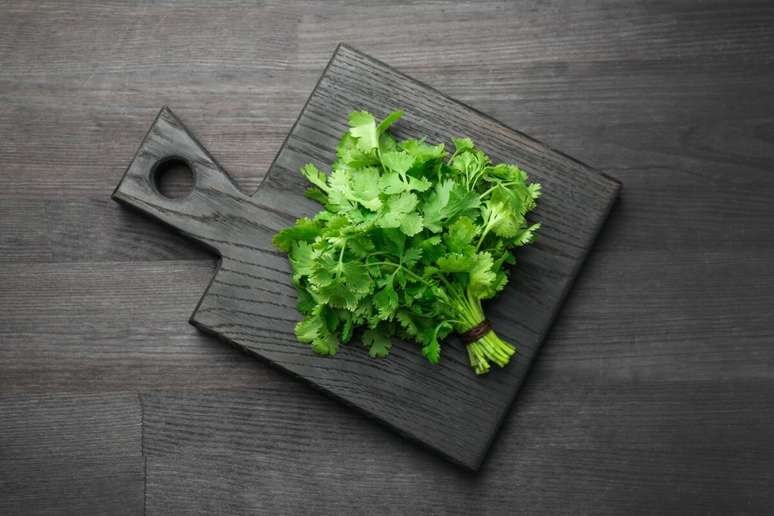
4. Coriander
Use cilantro to season Mexican, Thai and Indian foods. It can also be used on poultry, fish, rice and pasta. “THE coriander helps control blood sugar and cholesterol levels, as it is rich in antioxidants, with phenolic compounds, such as carotenoids, tannins, flavonoids and saponins, which bring benefits to the body”, says the nutritionist.
5. Cinnamon
The traditional cinnamon it can be mixed into fruit compotes, baked desserts and breads, as well as savory Middle Eastern dishes. Furthermore, it can be sprinkled on top of delicious desserts such as banoffe. “Cinnamon is an excellent ally, it helps reduce blood sugar levels. The spice also improves digestion, tiredness and mood, fighting stress,” says Dr. Marcella Garcez.
6. Cloves
Cloves can be used in the preparation of bread and roasts, but they also accompany vegetables, meats and legumes, such as beans. According to the nutritionist, it helps fight pain and inflammation, as well as improves bone healing and health.
7. Cumin
With a strong flavor, cumin enhances Mexican, Indian and Middle Eastern dishes, as well as meats, cheeses, breads and sauces. “As an immediate benefit, cumin improves digestion and prevents flatulence. In the long term, however, the spice also helps control cholesterol and reduces blood pressure,” says Dr. Marcella Garcez.
8. Dill
Include dill in potato dishes, salads, fish, eggs, appetizers, preserves and sauces. Gastric benefits range from improved digestion to reduced colic, flatulence and constipation.
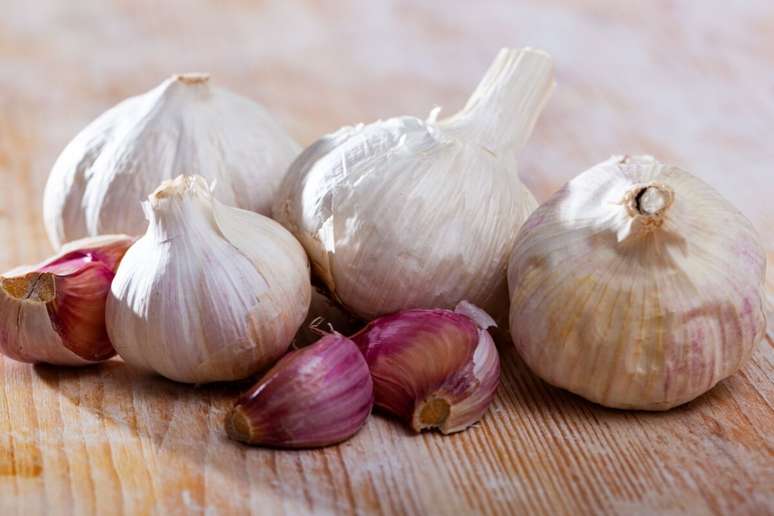
9. Garlic
Add garlic to soups, pastas, marinades, sauces, grains and vegetables. “Garlic contains substances that help fight infections caused by bacteria, viruses and fungi. In addition, it has immunostimulating, antioxidant and anti-inflammatory functions. Therefore, it should be included in food preparation. It also improves memory, as it is rich in manganese “, says the doctor.
10. Ginger
THE ginger It is great in Asian and Indian sauces, stews, as well as drinks, baked goods, cookies, cakes and fruit-based desserts. It has benefits scientifically supported by several studies that have described its bioactive compounds, such as gingerol.
“It is safe, well tolerated and can reduce the incidence of nausea in people of all ages, including pregnant women and postoperative vomiting situations, which can reduce the requirement for antiemetic drugs. It has antibacterial and antifungal activities, preventing infections , and anti-inflammatory, also reducing the pain of menstrual cramps,” says Dr. Marcella Garcez.
11. Marjoram
Add marjoram to stews, soups, potatoes, beans, grains, salads and sauces. According to the doctor, there is also the possibility of adding it to sauces and using it in pasta or pizza, as it leaves a delicious scent. “This medicinal herb with a delicate flavor is widely used in the treatment of digestive problems, as it has an anti-inflammatory action. But it is also an ally in combating stress and anxiety, as it offers a calming action”, explains Dr. Marcella Garcez.
12. Mint
Savory dishes, drinks, salads, marinades and fruits are combined with mint, which has properties that help strengthen the immune system and protect the body from infection and inflammation.
13. Nutmeg
Nutmeg is versatile and delicious. It can be mixed with fruits, baked goods and vegetables. Tarts, egg custards, cakes and puddings also go well together! “Nutmeg must be ground fresh to preserve its flavor and antioxidant and anti-inflammatory characteristics. It also benefits heart health and controls blood sugar levels,” says Dr. Marcella Garcez.
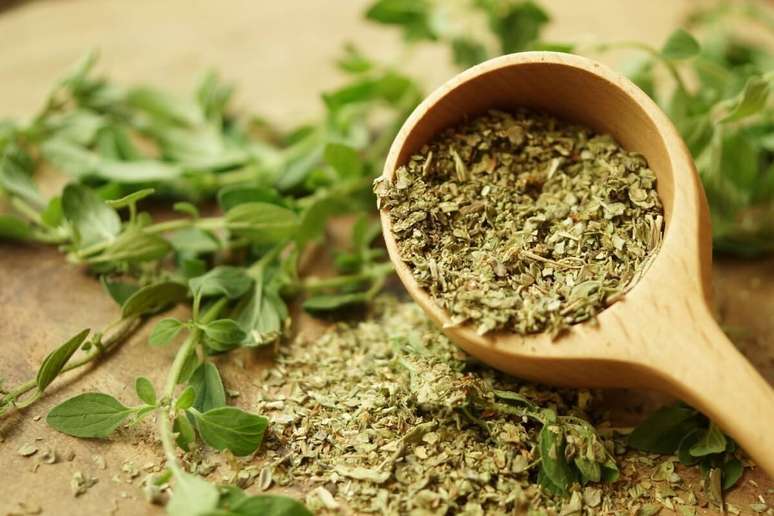
14. Oregano
Oregano is delicious in Italian and Mediterranean dishes; It is suitable for tomato-based dishes, pasta, cereals and salads. “There are more than 200 phenolic and antioxidant compounds with the power to delay the aging of the organism in oregano. It is very rich in antioxidants, helps control diabetes, reduces inflammation and is easy to add to recipes”, explains the nutritionist.
15. Parsley
Enjoy parsley in soups, pastas, salads and sauces. Rich in micronutrients, such as vitamins A, B1, B2 and C, and mineral salts, such as calcium, potassium, phosphorus, sulphur, magnesium and iron, it has an extensive list of benefits ranging from the prevention of flu and premature aging to reduce the risk of thrombus and clot formation. “This is a spice worth using daily, as it offers numerous benefits,” says Dr. Marcella Garcez.
16. Black, white or red pepper
They can be used in seasonal soups, stews, vegetables, grains, pasta, beans, sauces and salads. “Pepper is the common name given to various plants, seeds, fruits and condiments obtained from them, with a generally spicy flavour. The action of pepper on human metabolism occurs when a person ingests a spicy food. Capsaicin or piperine stimulate the sensitive receptors exist on the body’s tongue and in the mouth,” says Dr. Marcella Garcez.
These receptors then transmit the information to the brain”, which generates a response responsible for metabolic stimulus reactions and neurotransmitters, such as endorphins, which remain in the body for a long time, causing a feeling of well-being. increased blood flow which ensures a substantial increase in the flow of nutrients and oxygen, stimulates the nerve branches, improving the ability of the immune and anti-inflammatory system”, says the doctor.
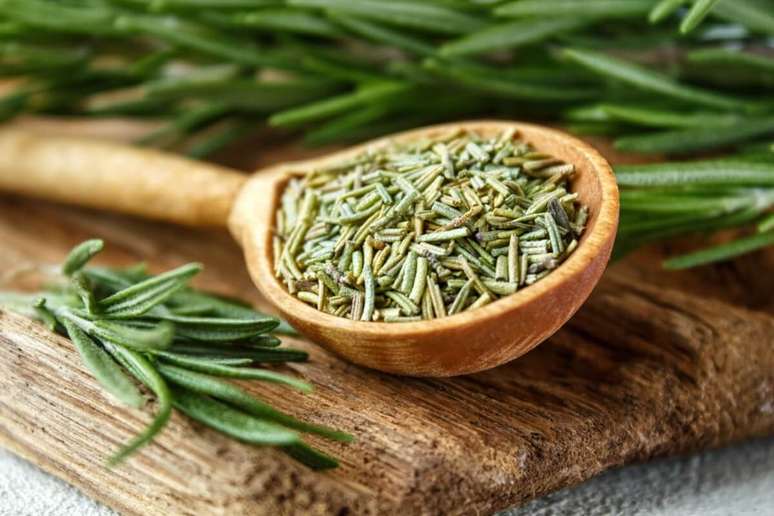
17. Rosemary
Try the rosemary in vegetables, salads, vinaigrettes and pasta. Its benefits range from improving digestion to treating anxiety, depression and migraines, thanks to its digestive, diuretic and antidepressant properties.
18. Sage
Sage enhances cereals, breads, sauces, soups and pastas. Its properties help digestion, decongest the respiratory tract and fight insomnia.
19. Tarragon
Add tarragon to sauces, marinades, salads, soups and beans. “Tarragon contains vitamins such as A, C and B6 and is a source of folate, the deficiency of which causes anemia. Folate, or folic acid, is essential for the formation of the nervous system in the first months of pregnancy,” says Dr. Marcella Garcez.
20. Thyme
Excellent in soups, salads and vegetables, thyme is an herb capable of providing numerous therapeutic benefits, such as reducing blood pressure, improving the immune system and improving mood.
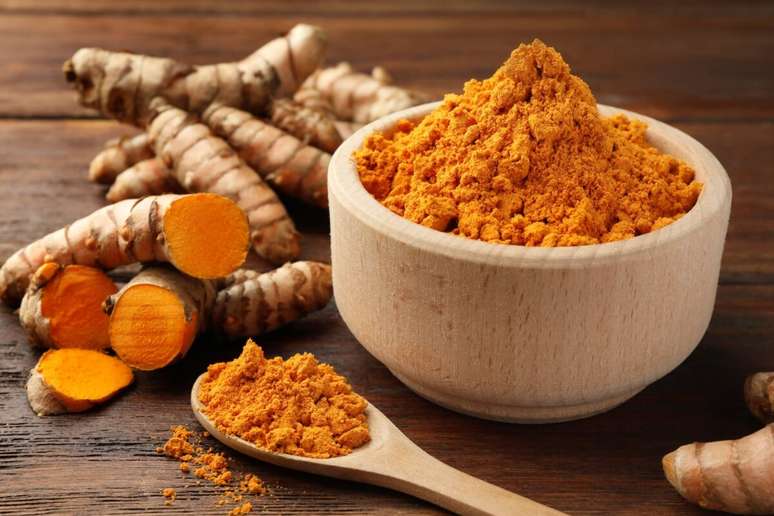
21. Turmeric
Essential in Indian foods, turmeric it pairs well with soups, beans and vegetables. “It is a source of carotenoids that offer photoprotection to the skin. Furthermore, it improves digestion, helps lose weight, has antineoplastic and anti-inflammatory properties, fights colds and flu, regulates intestinal flora, stimulates the immune system and regulates cholesterol, “he explains Dr. Marcella Garcez.
How to use seasonings
Dr. Marcella Garcez states that most of these condiments have activities described as antioxidant, thermogenic, digestive, anti-inflammatory, antineoplastic, among others. “The quantities, if you intend to use them as spices, must be sufficient to flavor the meal, respecting personal preferences and tolerances”, he concludes.
By Maria Claudia Amoroso
Source: Terra
Ben Stock is a lifestyle journalist and author at Gossipify. He writes about topics such as health, wellness, travel, food and home decor. He provides practical advice and inspiration to improve well-being, keeps readers up to date with latest lifestyle news and trends, known for his engaging writing style, in-depth analysis and unique perspectives.

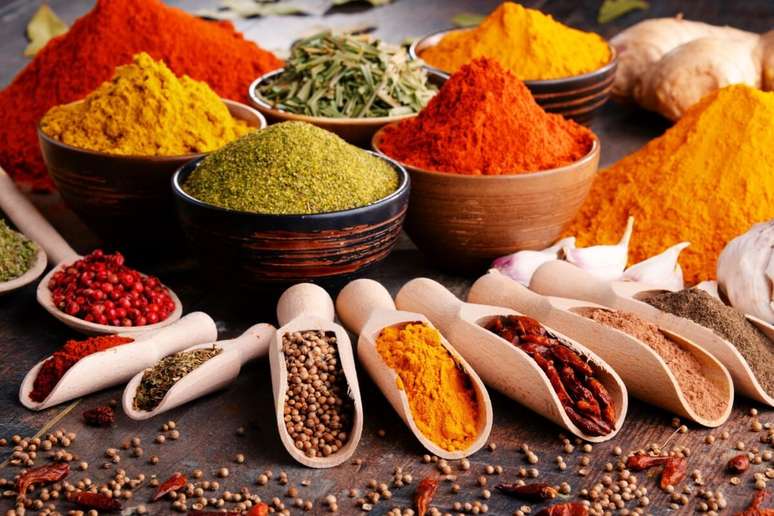
-1iv9d9fl4wd46.png)






